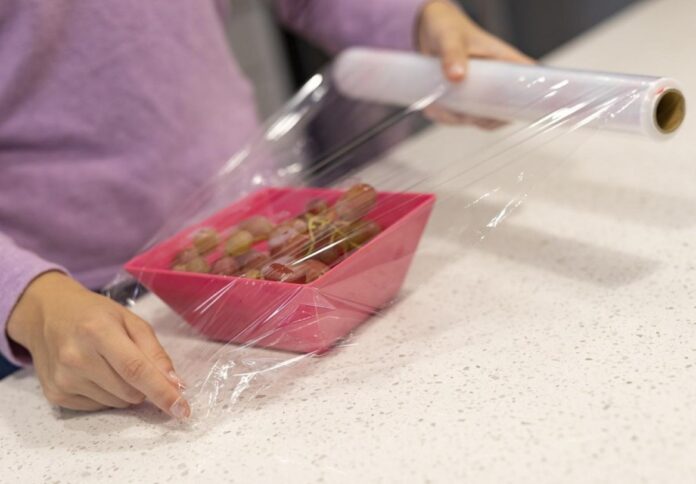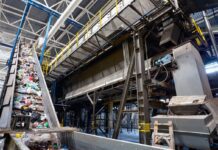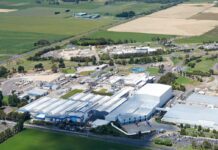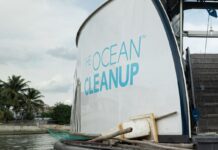
An international team of experts has devised an innovative method to repurpose polyethylene waste (PE), transforming it into valuable chemicals through light-driven photocatalysis.
Led by Professor Shizhang Qiao, chair of Nanotechnology and director of the Centre for Materials in Energy and Catalysis at the School of Chemical Engineering, University of Adelaide, the team published their findings in the journal Science Advances.
Professor Qiao conveyed that the research team successfully repurposed polyethylene plastic waste into ethylene and propionic acid with a high level of selectivity, employing atomically dispersed metal catalysts.
“An oxidation-coupled room-temperature photocatalysis method was employed to convert the waste into valuable products with remarkable precision,” the professor noted.
According to him, nearly 99 per cent of the resulting liquid product was identified as propionic acid, simplifying the intricate process of product separation.
A key aspect of the innovative approach is the use of renewable solar energy instead of traditional industrial processes reliant on fossil fuels, thereby reducing greenhouse gas emissions.
This waste-to-value strategy incorporates four essential components: plastic waste, water, sunlight, and non-toxic photocatalysts that harness solar energy to facilitate the reaction.
A typical photocatalyst employed in the process is titanium dioxide with isolated palladium atoms on its surface.
Given that a significant portion of plastics, particularly PE, ends up in landfills, posing environmental threats,
Professor Qiao emphasised the untapped potential of plastic waste, stating, “Plastic waste is an untapped resource that can be recycled and processed into new plastics and other commercial products.”
While acknowledging the challenges of catalytic recycling for PE waste due to chemical inertness and structural complexities, the university stated the team’s research provides a solution.
Unlike current chemical recycling methods operating at high temperatures (exceeding 400 degrees centigrade) that yield complex product compositions, the team’s approach offers a more sustainable alternative.
The resultant chemicals, ethylene and propionic acid, have significant industrial applications. Ethylene serves as a vital chemical feedstock for various industrial and daily products, while propionic acid’s antiseptic and antibacterial properties make it highly sought after.
The research not only addresses contemporary environmental and energy challenges but also contributes to the development of a circular economy.
Professor Qiao anticipates that the findings will prove invaluable for further scientific research, waste management, and chemical manufacturing.
“It will inspire the rational design of high-performance photocatalysts for solar energy utilisation and benefit the development of solar-driven waste upcycling technology,” he concluded.


















